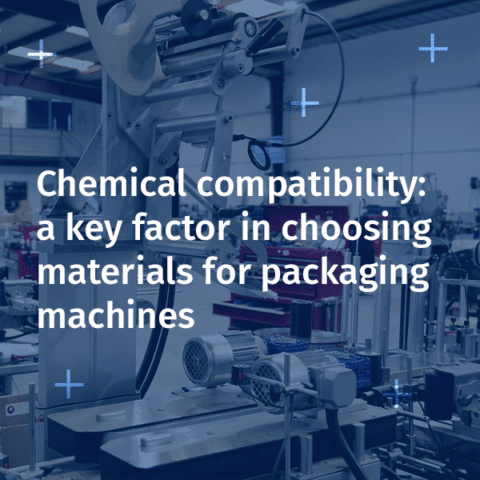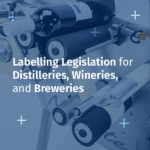In the packaging sector, numerous details must be considered to ensure performance, durability, and safety. In the chemical industry, the compatibility between packaged products and the materials used in machines is important.
At CDA, we design filling, capping, and labelling solutions for a wide range of industries, including the chemical sector. Our clients in this field face specific constraints related to the types of products being filled, capped, and labelled. The working environments and products can be aggressive (corrosive, acidic, etc.) to the materials and components of the machines. Therefore, we pay particular attention to the various elements that equip the filling machines used in the chemical industry.
Understanding chemical compatibility: what does it mean?
Chemical compatibility refers to a material’s ability to withstand the effects of a chemical product without deteriorating, corroding, or losing its mechanical properties. When it comes to packaging machines, it’s important to consider:
- Filling circuits (pumps, pipes, seals).
- Parts in contact with the product (needles, nozzles, scoops).
- Capping systems (capping heads, jaws).
- Labelling components if solvents or vapours are present nearby.
Incompatibility can lead to leaks, premature wear, or reduced machine performance/precision.
Adapting machines to the variety of products
We work with companies whose packaged products have a wide range of chemical properties, such as:
- Cosmetics and hygiene (creams, lotions, essential oils, soaps).
- Food and beverage (sauces, vinegars, flavours).
- Chemicals (cleaning products, detergents).
- Paints.
- Pharmaceuticals (alcoholic solutions, syrups, liquid supplements).
A tailored approach for every packaging line
Whether it’s filling a viscous liquid, capping bottles sensitive to torque, or labelling containers exposed to vapours, each of our machines is designed to meet the technical and chemical constraints specific to each client.
Our team supports you from the project definition phase to:
- Review product data sheets.
- Adapt components in contact with the products.
- Test compatibility during validation phases with samples.
A guarantee of performance and long-term safety
Considering chemical compatibility from the design stage of a packaging machine not only helps prevent premature wear but also ensures continuous, secure production that complies with the regulatory requirements of your sector.
Our team is available to assess your needs and guide you toward the most suitable filling, capping, and labelling solutions.
Contact us today to learn more or discuss your packaging project.











